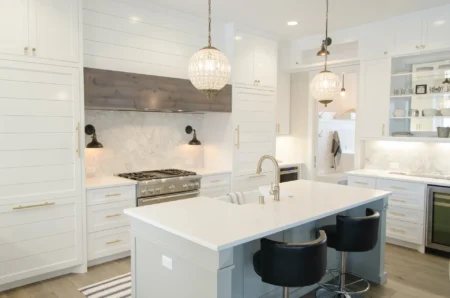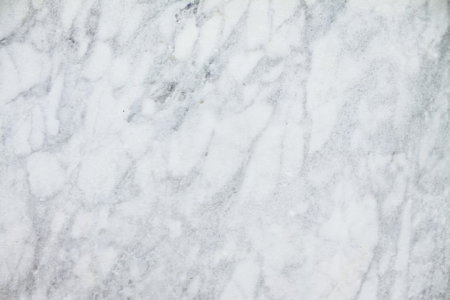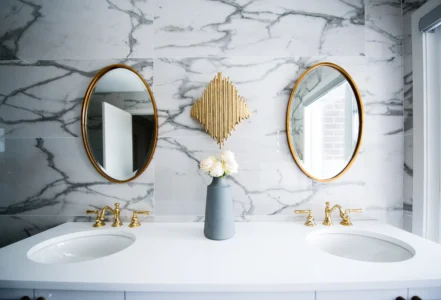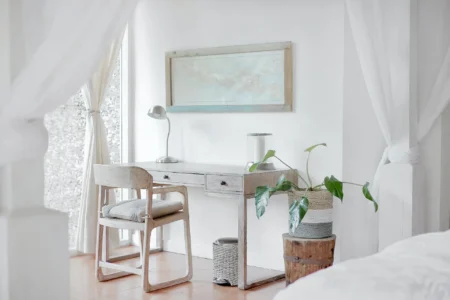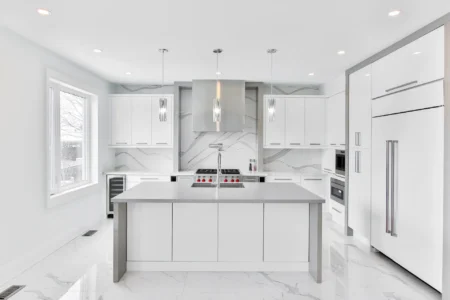Marble tiles have long been a statement of elegance and sophistication, a timeless material that never fails to impress. Their unique patterns and textures, combined with their durability, make them a top pick for those looking to bring a touch of luxury to their homes. But how can one take this traditional material and use it in a fresh, innovative way in the kitchen? Let’s explore this, delving into the world of marble tiles and their myriad applications in kitchen flooring.
Unique Marble Tile Applications
Marble tiles are not just for walls and countertops. They can also be used to create stunning and functional floors that can withstand the wear and tear of a busy kitchen. Marble tiles have many advantages, such as durability, elegance, variety, and easy maintenance. They can also be applied in different ways to suit your design preferences and needs. Here are some of the unique marble tile applications you can try for your kitchen flooring project:
- Create a seamless transition from the kitchen to the living room. If you have an open floor plan, you can use the same marble tiles for both your kitchen and living room floors to create a seamless and spacious look. This can also help you save money and time on installation and maintenance.
- Use marble tiles as a backsplash extension. If you have a marble backsplash in your kitchen, you can extend it to the floor to create a cohesive and elegant design. This can also help protect your floor from spills and splashes, as well as add some texture and contrast to your kitchen.
- Install heated marble tiles for extra comfort. One of the drawbacks of marble tiles is that they can feel cold and hard underfoot. However, you can solve this problem by installing heated marble tiles that can keep your feet warm and cozy. Heated marble tiles can also help reduce energy costs and prevent mold growth.
- Use marble tiles to create a focal point. If you want to add some drama and interest to your kitchen, you can use marble tiles to create a focal point on your floor. For example, you can use a different color or pattern of marble tiles to create a medallion, a border, or a geometric shape that draws attention to your kitchen island or dining area.
Marble tiles are a versatile and stylish option for your kitchen flooring that can revolutionize the look and feel of your space. With so many applications and possibilities, you can customize your kitchen floor to match your vision and personality.
Pushing Boundaries with Marble Kitchen Flooring
The beauty of marble lies in its versatility, enabling you to push the boundaries of design and create a truly personal space. As we venture into the realm of kitchen flooring, let’s look at some fresh ideas and trends that can inspire your next kitchen renovation:
- Eco-friendly Marble: Sustainability is a major consideration in modern home design. Fortunately, there are ways to incorporate marble in an eco-conscious manner. Reclaimed or salvaged marble, for example, can give your kitchen a unique and environmentally friendly touch. Not only does this approach reduce waste, but it also adds a story to your space, as each piece of reclaimed marble has a history of its own.
- Combining Marble with Underfloor Heating: Marble is a great conductor of heat, making it an ideal choice for underfloor heating. Imagine stepping onto a warm marble floor on a chilly morning – it’s a small luxury that can make a big difference. Plus, it’s an energy-efficient way to heat your kitchen.
- Digital Printing on Marble: This emerging trend allows you to customize your marble tiles like never before. Whether it’s a delicate floral pattern, a bold geometric design, or even a reproduction of your favorite artwork, digital printing can turn your kitchen floor into a work of art.
- Illuminated Marble: Incorporating lighting into your marble floor can create a dramatic effect. Translucent varieties of marble can be backlit for a stunning visual effect that transforms your kitchen after dark. This innovative use of marble is sure to make your kitchen one of a kind.
- Mixing Marble Types: There are numerous types of marble, each with its unique veining and coloring. Mixing different types of marble can create a rich tapestry of textures and hues, making your kitchen tiles a visual feast. This approach allows for endless creativity and personalization.
Embracing these innovative trends can help you create a kitchen that’s not only functional but also a reflection of your personal style. But remember, as gorgeous as marble is, it does require some care to maintain its beauty.
Maintaining and Cleaning Marble Tiles in Kitchen Flooring
Marble, while undeniably beautiful, requires a certain level of care to keep it looking its best. It’s a naturally porous stone, which makes it prone to staining if not properly sealed. But don’t let this deter you; with the right practices, maintaining your marble kitchen floor can be a breeze:
- Regular Sealing: The marble needs to be sealed regularly to protect it from stains. The frequency depends on the type of sealer used and the amount of traffic the floor receives, but a general rule of thumb is to reseal every 12 to 18 months. This acts as a barrier, preventing spills from seeping into the porous surface of the stone.
- Prompt Cleaning of Spills: Even with sealing, it’s essential to clean up any spills as soon as they happen. Acidic substances like lemon juice, vinegar, or tomato sauce can etch the marble surface if left unattended. Simply wipe them up with a soft, damp cloth and avoid using abrasive cleaners that can damage the marble.
- Regular Sweeping and Mopping: Regularly sweeping your marble floor helps to remove dirt and grit that can scratch the marble surface over time. When mopping, use a damp mop rather than a wet one, and use a pH-neutral cleaner to avoid damaging the marble. Remember to dry the floor after mopping to prevent water spots or streaks.
- Polishing: Over time, marble can lose its shine due to minor scratches. Polishing your marble floor can restore its original luster. You can hire a professional for this or use a marble polishing powder for a DIY approach. Just remember to follow the instructions carefully to avoid damaging your floor.
- Professional Cleaning: While regular home maintenance is important, consider hiring a professional cleaner every few years to deep clean your marble floor and address any minor damage before it becomes a major issue. This investment can help prolong the life of your marble kitchen floor tiles and keep it looking beautiful for years to come.
Marble tiles are an investment in the aesthetic and value of your home. With the proper care, they can maintain their elegance and appeal for a lifetime.
Conclusion
Marble tiles have a unique allure, a blend of elegance, durability, and versatility that makes them a standout choice for kitchen flooring. They offer a broad canvas for creativity, allowing you to push design boundaries and create a space that truly reflects your personal style. From the innovative use of mixed materials and geometric patterns to embracing eco-friendly practices and cutting-edge trends like digital printing and illuminated marble, the possibilities are endless.
However, these beautiful floors require a certain level of care to keep them at their best. Regular sealing, prompt cleaning of spills, and regular sweeping and mopping can go a long way in maintaining their beauty. And with occasional professional cleaning and polishing, your marble kitchen floor can be a source of pride and pleasure for years to come.
FAQs
What are the benefits of using marble tiles in kitchen flooring?
Marble tiles offer timeless beauty, durability, and unique design patterns. They are also eco-friendly, and their reflective property allows light to pass through, illuminating your kitchen beautifully.
What are the downsides of using marble tiles in kitchen flooring?
Marble tiles are costly and require extra care as they can get scratched, cracked, or chipped easily. They can also stain, especially if exposed to iron or acidic substances. Repairing marble tiles can be challenging, and their installation requires skilled labor. Polished marble tiles can be slippery, potentially creating a safety hazard.
Are marble tiles a good choice for kitchen floors?
Marble tiles can be a great choice for kitchen floors due to their durability, beauty, and unique patterns. However, they require proper care and maintenance to prevent damage and stains. The decision ultimately depends on your budget, design preferences, and willingness to maintain them.
Do marble tiles increase home value?
Yes, one of the most significant benefits of using marble flooring in the kitchen is its potential to increase home value due to its timeless beauty and elegance.
Can marble tiles stain?
Yes, due to their porous nature, marble tiles are susceptible to staining. It’s recommended to clean any spillages quickly, especially if they are of an acidic nature.
Are marble tiles slippery?
Yes, when marble has been polished, it tends to become slippery. This could potentially become a safety hazard in a kitchen where the floor often becomes wet

